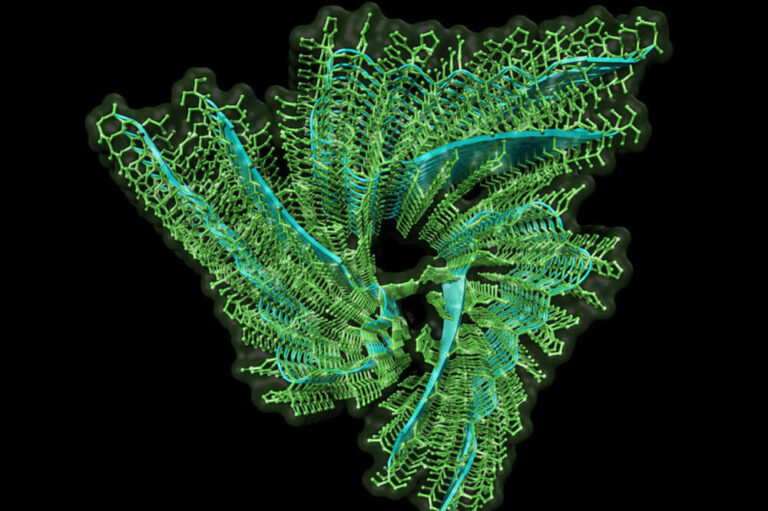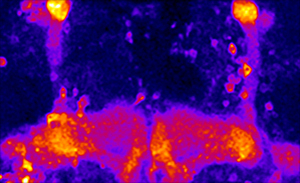Home
Si Lab
How does the brain make memory?

Our Research

We wish to understand how a temporally restricted experience produces a persistent change in behavior and how, among the myriad experiences an animal encounters, only some produce persistent change in behavior.
Our work has provided a plausible biochemical mechanism addressing both issues. We have observed that the prion-like behavior of a neuronal RNA binding protein, CPEB, is required for the persistence of memory. The unique biophysical and functional properties of neuronal CPEB have now allowed us ask four key questions:
- Where does prion-like conversion occur (site of memory formation?
- What determines the engagement of the prion-like process?
- How does this process occur (the specificity of memory formation)?
- What happens to the prion-like species when memory decays (the basis of forgetting)?

We are also exploring the possibility that prion-based protein conformational switches may be utilized in other biological contexts to allow temporally restricted stimuli to produce persistent changes. We have carried out a systematic search of functional prion-like proteins in D. melanogaster and have identified a discrete number of proteins with the potential to be functionally prion-like. We are trying understand what specific function does the prion-like state of these proteins serve and how are they regulated.
Lab Philosophy
Kausik Si, Ph.D, discusses his lab philosophy and approach to science.